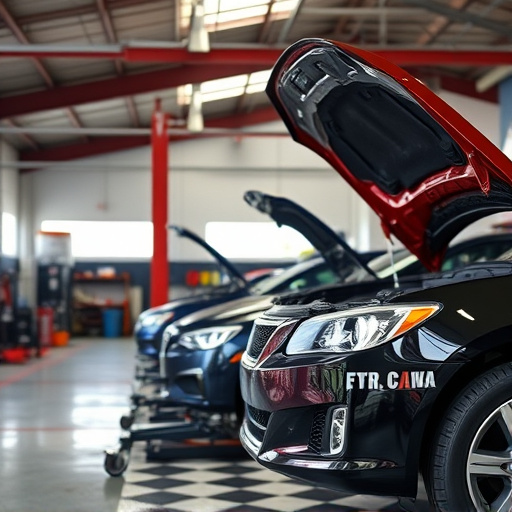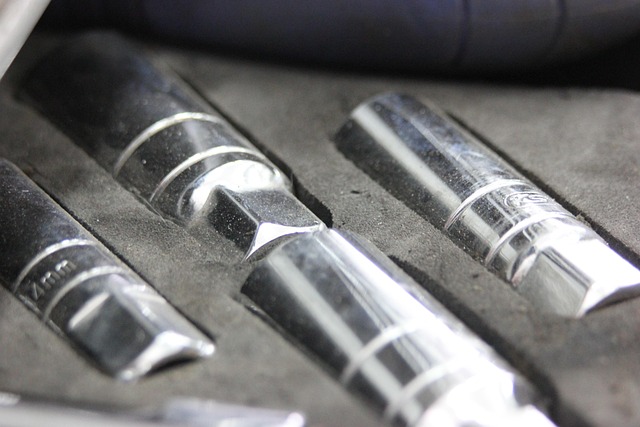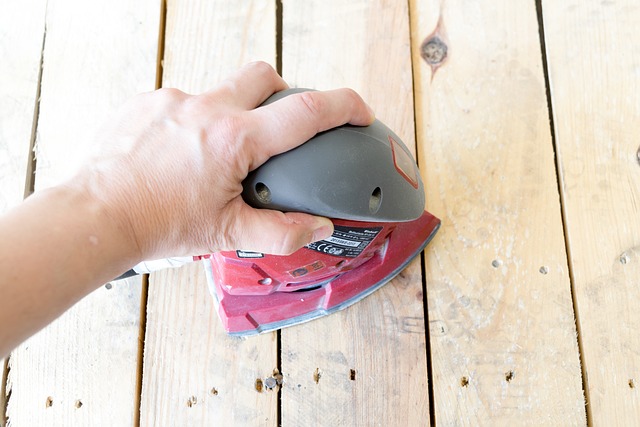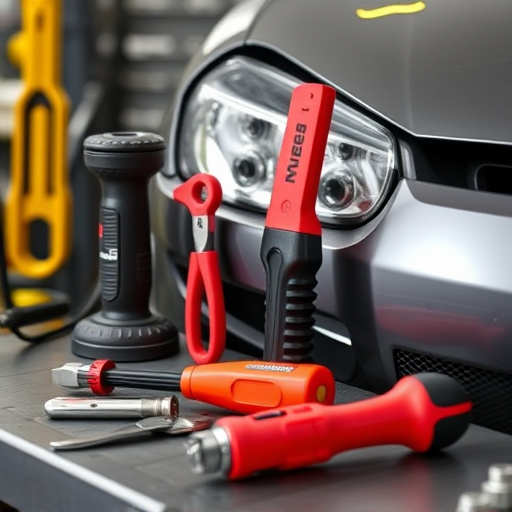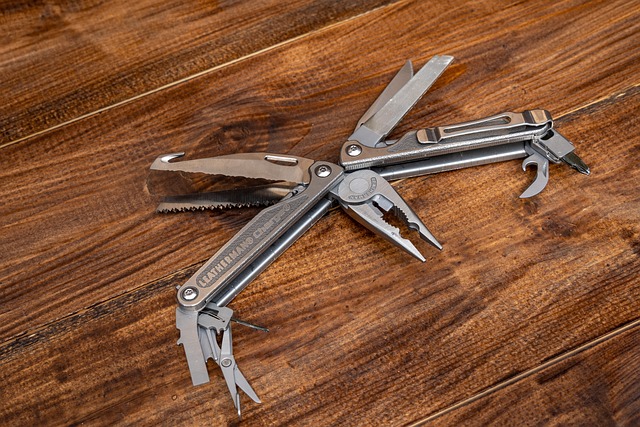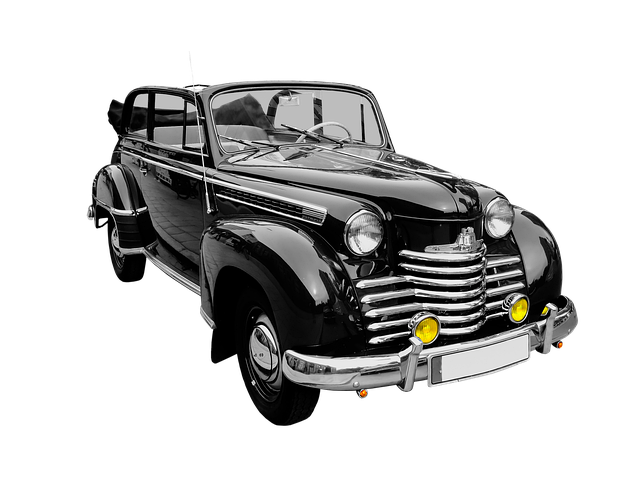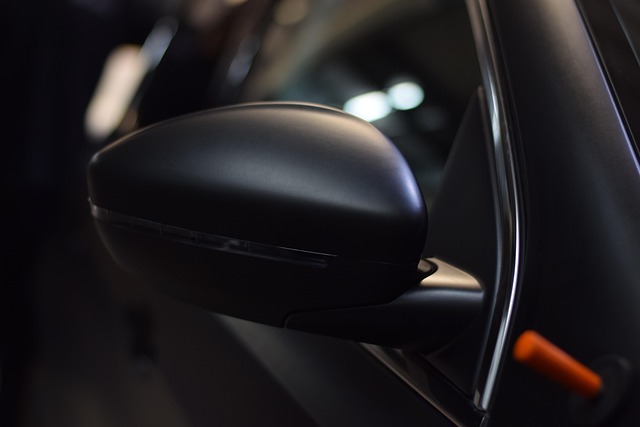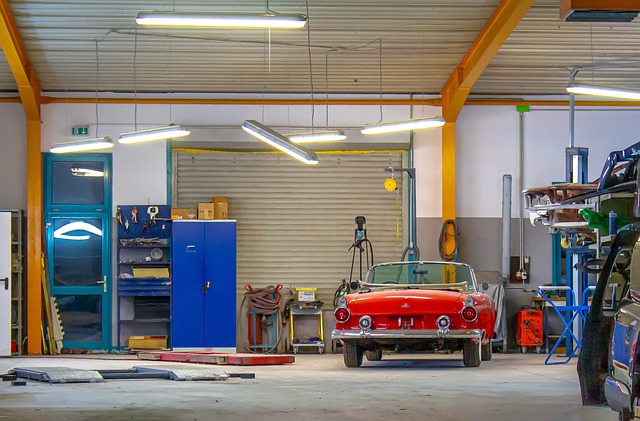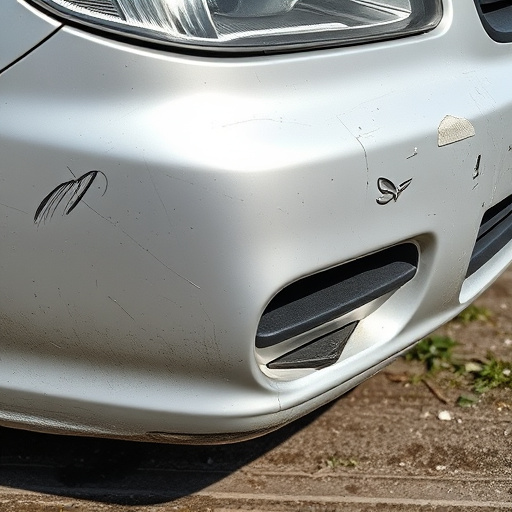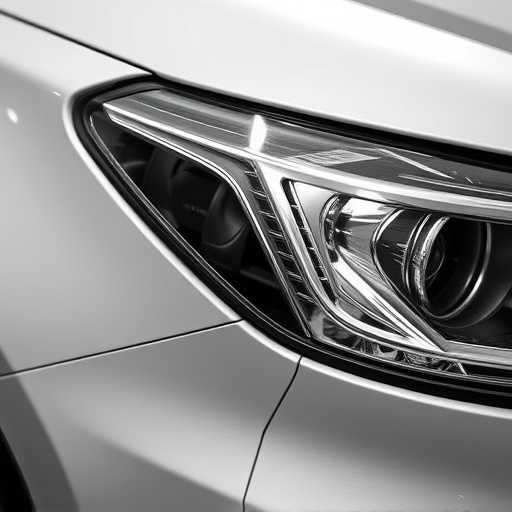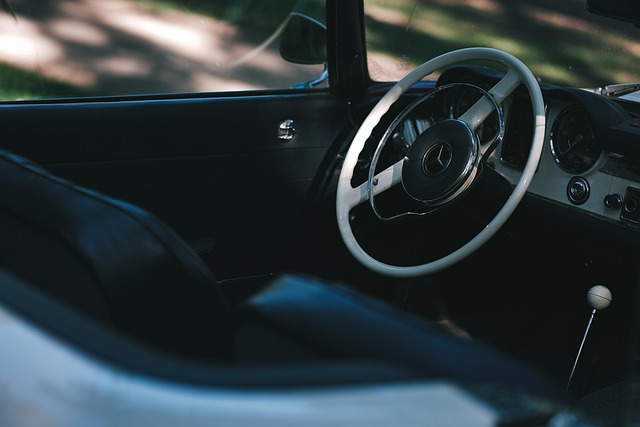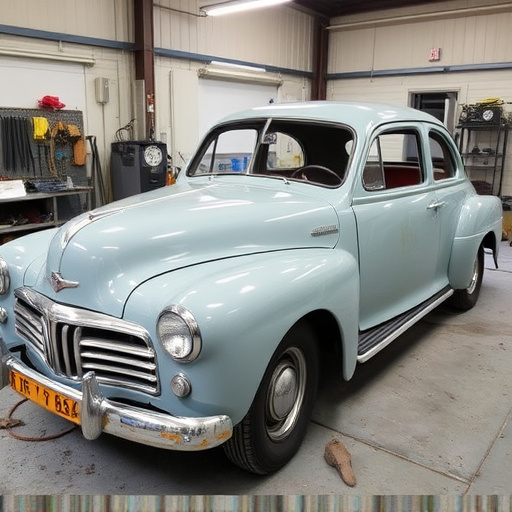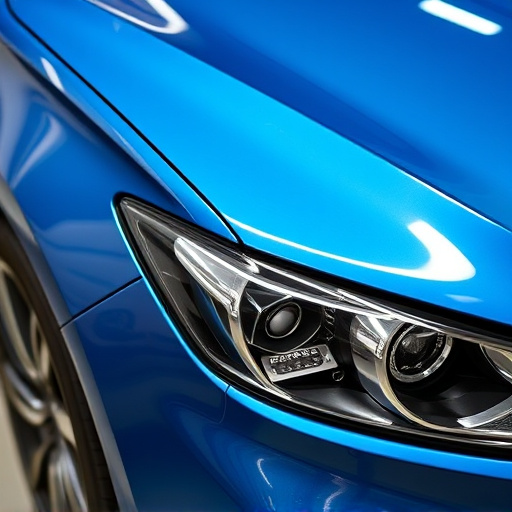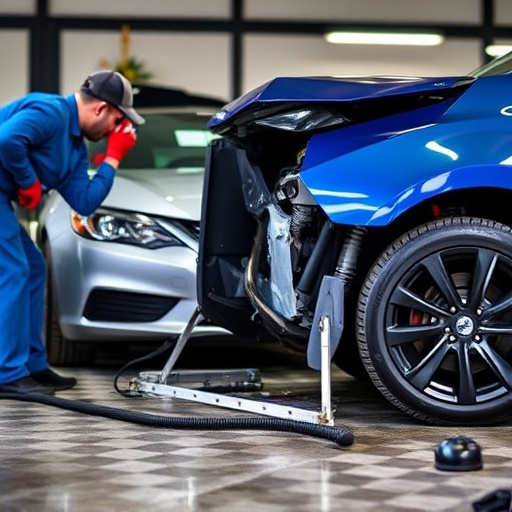Metal reshaping PDR revolutionizes vehicle repair and restoration with swift, cost-effective, and eco-friendly solutions. Skilled technicians use specialized tools to reshape metal panels, fixing dents and scratches without replacing parts. This method preserves vehicle value, retains original factory finishes, and minimizes environmental impact, making it a sustainable choice for collision repair.
In today’s manufacturing landscape, understanding advanced metal reshaping techniques is paramount. Metal Reshaping PDR (Physical Dimple Repair) methods offer a game-changing approach, unlocking unprecedented efficiency and precision. This article delves into the world of Metal Reshaping PDR, exploring its benefits as a sustainable solution for engineering excellence. From enhancing production speed to minimizing material waste, these techniques revolutionize metal fabrication, making them an indispensable tool for modern industries.
- Unlocking Efficiency: Metal Reshaping PDR Techniques
- Precision Engineering: The Art of Shaping Metal
- Sustainable Solutions: PDR's Positive Impact on Metals
Unlocking Efficiency: Metal Reshaping PDR Techniques

Metal reshaping PDR techniques offer a game-changing approach to vehicle repair and restoration, revolutionizing the way we address dents and scratches. This innovative method unlocks unprecedented efficiency in bumper repair and car restoration processes. Traditional methods often involve lengthy procedures, requiring multiple steps and specialized tools for even minor repairs. In contrast, metal reshaping PDR streamlines these processes, enabling body shop services to deliver faster turnaround times without compromising quality.
By utilizing specialized equipment and precise techniques, PDR professionals can effectively reshape and realign metal panels, restoring them to their original form. This not only saves time but also minimizes the need for expensive replacement parts. Whether it’s a minor dent or significant damage from an accident, metal reshaping PDR provides a cost-effective and efficient solution, ensuring your vehicle looks as good as new while preserving its value through meticulous car restoration techniques.
Precision Engineering: The Art of Shaping Metal

Precision engineering is a highly skilled art that plays a pivotal role in metal reshaping PDR (Plastic Deration Repair) techniques. This meticulous process involves the careful manipulation and transformation of damaged car bodywork, allowing for precise restoration to its original condition. Skilled technicians utilize specialized tools and equipment to precisely cut, mold, and reshape metal, ensuring every detail is considered. The art lies in understanding the inherent properties of various metals and their unique behaviors during reshaping, enabling experts to navigate even the most intricate car repair shop challenges.
In the realm of automotive repair, precision engineering is not just about restoring aesthetics; it’s a science that ensures structural integrity. By reshaping metal with such fine control, PDR techniques can fix dents, dings, and scratches in the car bodywork, eliminating the need for extensive welding or replacement parts. This method is especially beneficial for minor damage, offering an efficient and cost-effective solution compared to traditional bodywork methods.
Sustainable Solutions: PDR's Positive Impact on Metals
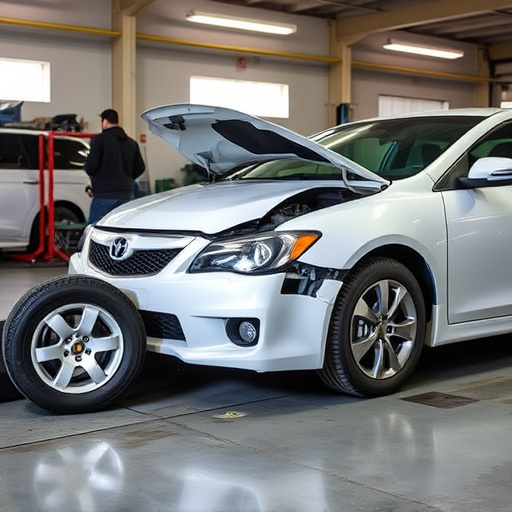
Metal reshaping PDR (Paintless Dent Repair) offers a sustainable solution for automotive collision repair, making it an eco-friendly choice for both vehicle body shops and their customers. Unlike traditional methods that often involve extensive painting and material waste, PDR minimizes the environmental impact by preserving the original factory finish on vehicles. This process focuses on gently removing dents and dings without damaging the metal, ensuring the vehicle retains its value and aesthetic appeal.
By adopting metal reshaping PDR techniques, fender benders and automotive collision repairs can contribute to a greener future. It reduces the need for hazardous chemicals and paints, lowering the carbon footprint of the repair process. Moreover, PDR’s precision allows for efficient use of resources, cutting down on the amount of scrap metal generated in traditional body shop processes. This positive impact makes PDR an increasingly popular choice for vehicle body shops looking to embrace sustainable practices.
Metal reshaping PDR (plastic deformation repair) techniques offer a powerful combination of efficiency, precision, and sustainability. By understanding and adopting these advanced methods, industries can significantly enhance their metal fabrication processes. Unlocking the potential of metal reshaping PDR allows for reduced waste, cost savings, and environmentally friendly practices, ensuring a brighter future for metalworking. This innovative approach is a game-changer, fostering a more sustainable and precise metal shaping industry.
